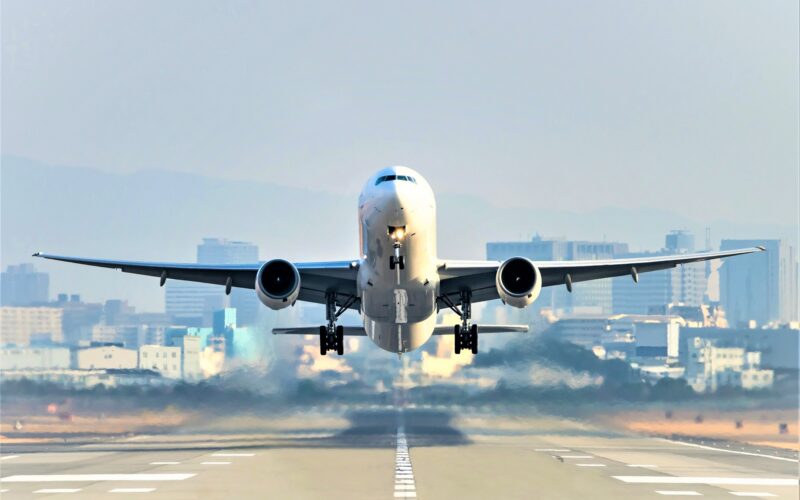Around 44,500 new planes, worth $2.9 trillion, will be needed to meet the expected rise in passenger traffic over the next two decades, according to the latest Cirium Fleet Forecast published by Ascend by Cirium, the consultancy arm of aviation analytics firm Cirium.
The forecast, which was released on January 24, 2023, stated that around 88% of the current commercial passenger aircraft fleet will be removed from active service by 2041.
“Close to 88% of the current passenger fleet is forecast to be retired from passenger service during the next 20 years. Freighters have longer useful economic lives, so approximately 70% of the current fleet will be retired by 2041,” analysts noted.
“There will be some 19,000 retirements from the end-2021 passenger fleet, plus a further 2,500 aircraft that leaves the passenger fleet via cargo conversion,” they added.
This means that in order to meet the annual 3.6% growth in demand for air travel, the industry will need tens of thousands of planes to replace less efficient older-generation jets.
Single-aisle aircraft should account for 70% of overall passenger jet deliveries by 2041, experts added.
Narrowbody planes are expected to account for 70% of passenger aircraft deliveries until 2041. Meanwhile, the market demand for widebody airliners will be significantly lower.
“The single-aisle fleet will grow faster by 3.7% annually, against 3.2% for twin-aisles as the recovery of long-haul traffic continues to lag,” analysts explained.
“The regional aircraft fleet will rise more modestly, by 1.1% a year, with the turboprop fleet set to grow at a faster rate within the regional sector,” Cirium added.
In the meantime, more than 3,650 cargo jets are predicted to be delivered over the next two decades. These will include around 1,060 newly built freighters, worth 130 billion, as well as around 2,480 passenger-to-freighter conversions.
According to Rob Morris, the head of Ascend by Cirium, the long-term outlook looks promising. The global industry “remains on course” to return to “traditional growth paths” by 2025.
“The aviation industry’s recovery from the Covid-19 crisis in early 2020, has progressed significantly if unevenly across regions. Global aviation activity is predicted to reach 2019 levels in October. […] This comes despite Russia’s invasion of Ukraine, travel restrictions in China, and rising energy costs all emerging as influential factors during 2022,” the outlook continued.
Asia-Pacific to take leading position in aircraft delivery share
Experts have also predicted that Asia-Pacific, driven by China, will remain the key growth region for new plane deliveries. Airlines in the region are expected to account for 22% of all deliveries in 2041. North American and European air carriers should take 21% and 17% of estimated deliveries, respectively.
In comparison, airlines operating in the Middle East are expected to take around 7% of deliveries “accounting for 14% in value terms due to the rich mix of higher value twin-aisle deliveries,” the outlook noted.
However, Russia‘s capacity and passenger traffic are assumed to decline in the near term.
“Combined with the complete cessation of Ukrainian civil aviation activity, Russia/CIS traffic is then forecast to stabilize at 70% of 2019 levels in 2024,” analysts concluded.

